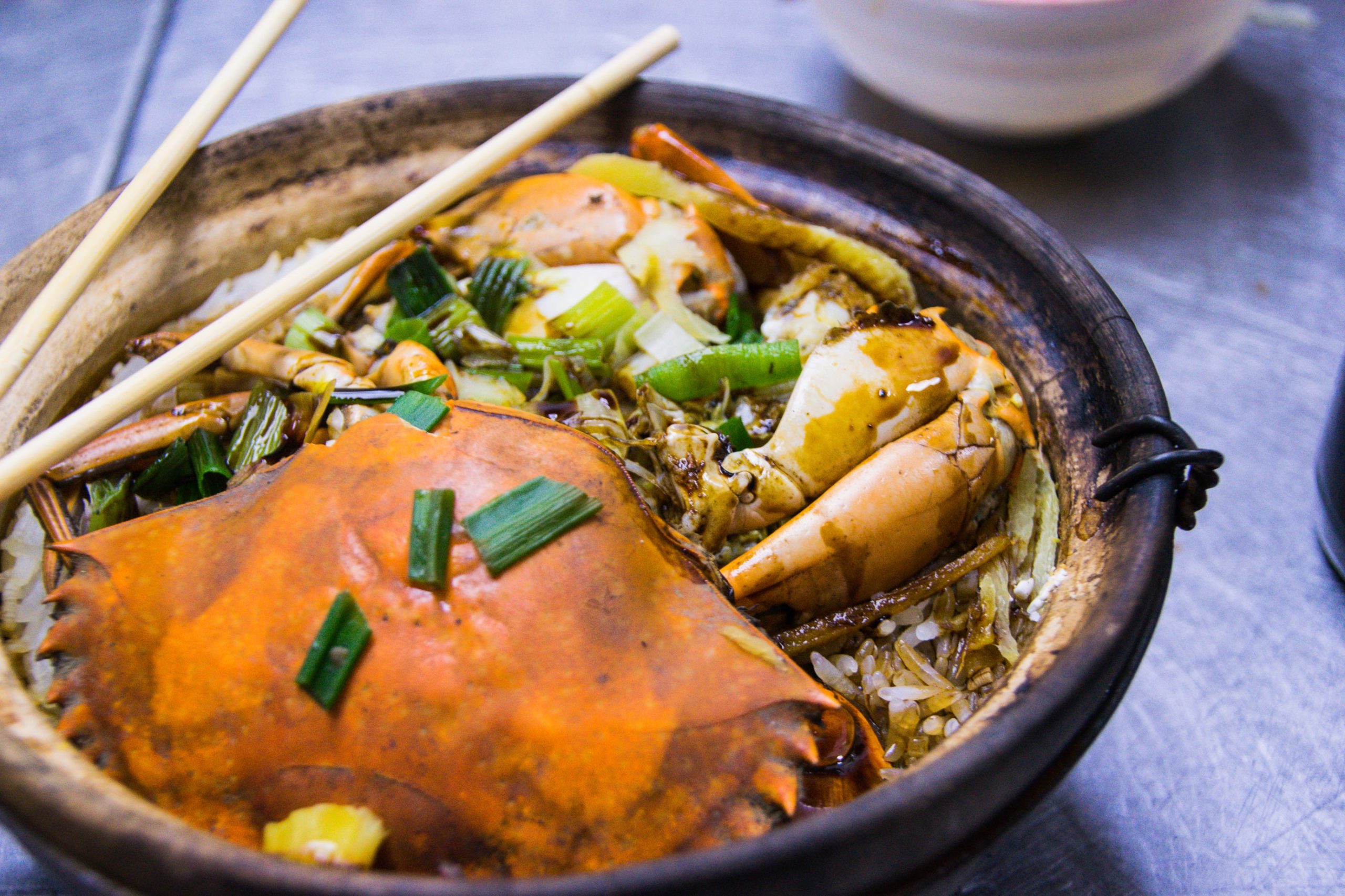Dive into Asian Food and Culture: Your Taste Buds Will Thank You
Traveler’s urge to travel around Asia has grown significantly in the last few years. Factors such as diversity, rich historical background, pop culture, and food have all helped pique interest for the vast continent. Cultural and geographical differences may hamper a traveler’s experience, but once the gap is bridged, a trip to Asia can be a memorable time.
Asia is a Huge and Mega-Diverse Continent
Whenever we hear the term “Asia,” countries such as Japan, China, and Korea initially spring to mind. However, the continent, being the largest and most populous in the world, holds so much more than the impressions people have of it, which are often limited by the media.
One of the best ways to embrace Asia is to consider not only visiting the most popular tourist spots but also places you have never thought of visiting. Instead of going to Tokyo, try Phong Nha-Ke Bang National Park in Vietnam? Instead of having a relaxing time in Bali, how about visiting Mongolia’s Terelj National Park? Going to a place you never considered might be one of your best decisions!
Start from the Comfortable
A traveler does not have to be adventurous to enjoy food in Asia. Begin the trip with familiar dishes, such as a bowl of hot chashu ramen in Japan, healthy pho in Vietnam, or freshly grilled samgyupsal in Korea. A suggestion I’d like to give is to “be observant” while you surround yourself with what you already know. How does Sapporo’s miso ramen differ from Fukuoka’s tonkotsu ramen? What do the Vietnamese like to put in their spring rolls? How are they different from Thai spring rolls? Certain foods vary from country to country, sometimes city to city! Observing these variations might be the key to elevating your travel experience.
Restaurants are becoming more and more creative. From rice dishes served in pineapple bowls to large meals spread on huge banana leaves. Asian food is available in many parts of the world, but it’s always different -- and usually better -- to have it in Asia.
Many Asian locals are friendly towards foreigners. You might be invited into their homes. They would love to cook for you and even adjust to your taste. These people also have some of the best cooks in the world: their moms!
The Story Behind a Dish
If there’s one common thing the 48 Asian countries have in common, it’s the rich stories they have behind their local dishes. Many of the recipes we enjoy today were inspired by the availability of crops, economic conditions, war, and family traditions.
In Korea, budae jjigae or “army base stew” is a popular lunch item among college students and as a side dish for alcohol. The Korean war ended in the 1950s, striking the country with food scarcity. People who dwelled around U.S. army bases, especially in Uijeongbu, made use of surplus foods (processed meat products) and concocted a buttery stir-fried snack. Today’s version is commonly made of Spam, Vienna sausage, bacon, tofu, pork, ground beef, instant noodles, macaroni, rice cake, cheese, mozzarella, scallions, chili peppers, garlic, mushrooms and other vegetables in season. The dish is now a common sight at Korean restaurants, not just in the country itself but abroad.
Bridging the Gap
Asian food can be overwhelming and unfamiliar at first. The continent has an abundance of exotic and strange food -- enough to make you wince. There are fried frog legs (which are said to taste like chicken), skewered grasshoppers, and the famous-for-its-scent durian. Adjusting one’s palate is not an easy task, especially for travelers who have not been to Asia. Still, it’s worth trying.
One of the best ways to enjoy Asian food is to speak with the locals. Give them an idea of your preferences. Are you the type who can’t eat spicy food? Are you curious about traditional desserts? Would you like to have healthier food options? Would you appreciate dishes that do not have a shocking appearance? Speak to a local; they surely know how to guide you through your trip.
Another fun way to appreciate Asian food is by exploring traditional cooking methods. The tandoor, a cylindrical clay or metal oven, is commonly used for cooking or baking in southern, central, and western parts of Asia. One notable delicacy cooked in the tandoor is the tandoori chicken, which is marinated in yogurt and seasoned with garam masala, garlic, ginger, cumin, cayenne pepper, and other spices. Another method worth mentioning is the use of bamboo stalks. Countries such as the Philippines have used this method both in the old days and now as a special restaurant attraction. Bamboo stalks are filled with ingredients such as rice and meat and then placed in the fireplace. The process usually takes 30 to 45 minutes -- and it’s worth the wait!
The locals love to show how proud they are of their culture; all you need to do is say, “Hi!”
Conversations
Conversations are an important part of a meal in every part of the world. Although being alone for most of a trip can be a way to destress, engaging with people can be energizing. People are often regretful that they kept to themselves or with a tour group. They wished to have talked more to locals, but a language gap and shyness restrained potential engagement. Food is great, but it would be a pity to eat in complete silence. The locals have stories to share, and believe me, they want to listen to yours too!
So when is your next trip to Asia?
Join Our Community at Patreon
Perks for Friends of Food Patrons only:
Friends of Food is a digital members-only community designed to empower and connect food folks alike.
- Invitation to private community & food folk directory
- Access to a highly vetted network of Chefs
- One hour Zoom cooking lesson once a month
- Cookbook club + happy hour once a month
- 30 mins cooking consultation
- E-mail us your cooking questions and we will get back to you with our best answer within a week.
- Shoutout
- Polls (Help us choose a topic for an upcoming video + more!)
- Behind-the-scenes / Bloopers
- Exclusive perks from brand partners

Kayce Tiongson
Content Creator
Kayce Tiongson is an English teacher and writer from the Philippines. She has written articles ranging from TV show reviews, pop culture features to church events since the early 2000’s. Her love for writing has grown from the very moment she could write her name in cursive. She is currently working on her novel with a cup of tea always present on her desk and creative ideas visiting her without breaks.
If You Could Do So, How Would You Change The World?
If I could change the world, I would like to be a superhero who can erase every invention that is actually bad for the planet. As for my superhero name, I'm still thinking about it. 😀
How do you feel about putting pineapple on pizza?
It's fine but I'm not a big fan of it. I usually have a bite but later on find myself removing some pineapples. 😀
Schnitzel or Tonkatsu? and why?
Tonkatsu! I love those katsu sets at Japanese restaurants. I also enjoy having my little bowl of sesame seeds and mixing them with the tonkatsu sauce. Just thinking about it makes me hungry. Haha!


Like!! I blog frequently and I really thank you for your content. The article has truly peaked my interest.
Thanks so much for your feedback! We’re so glad you enjoyed our content!
https://waterfallmagazine.com
Aw, this was an incredibly nice post. Finding the time and actual effort to produce
a great article… but what can I say… I put
things off a whole lot and don’t manage to get nearly anything done.
Thanks! You can do it!